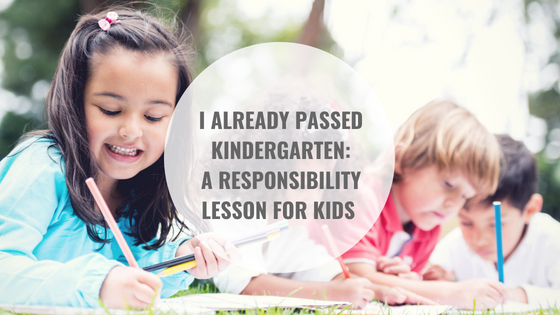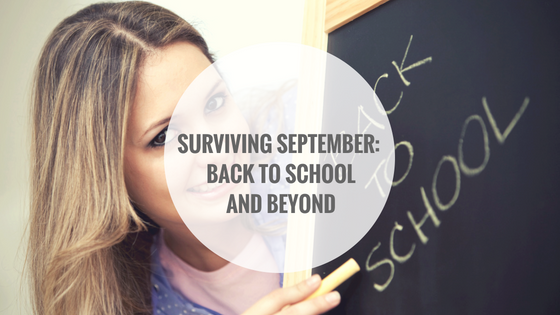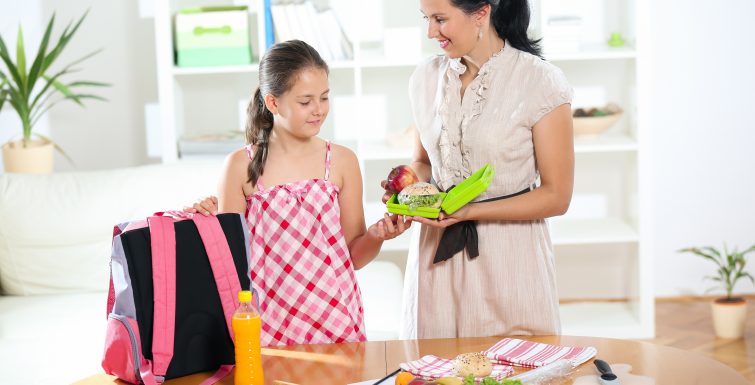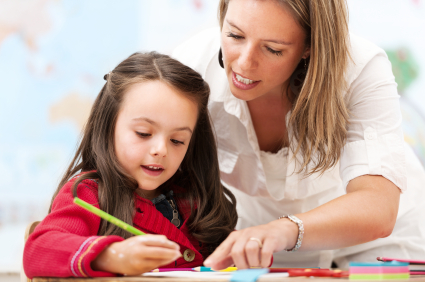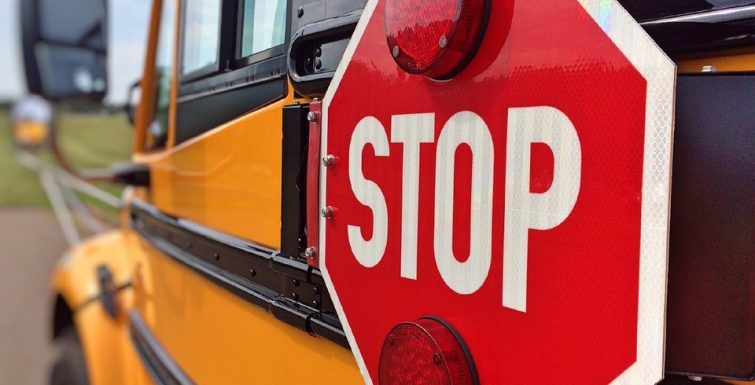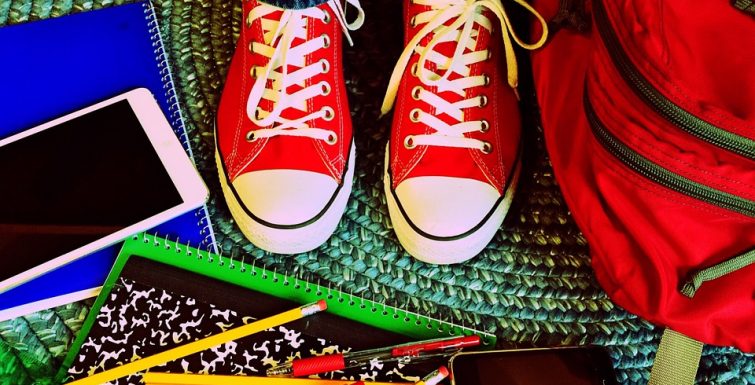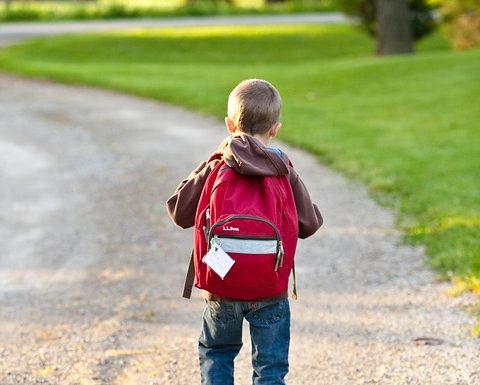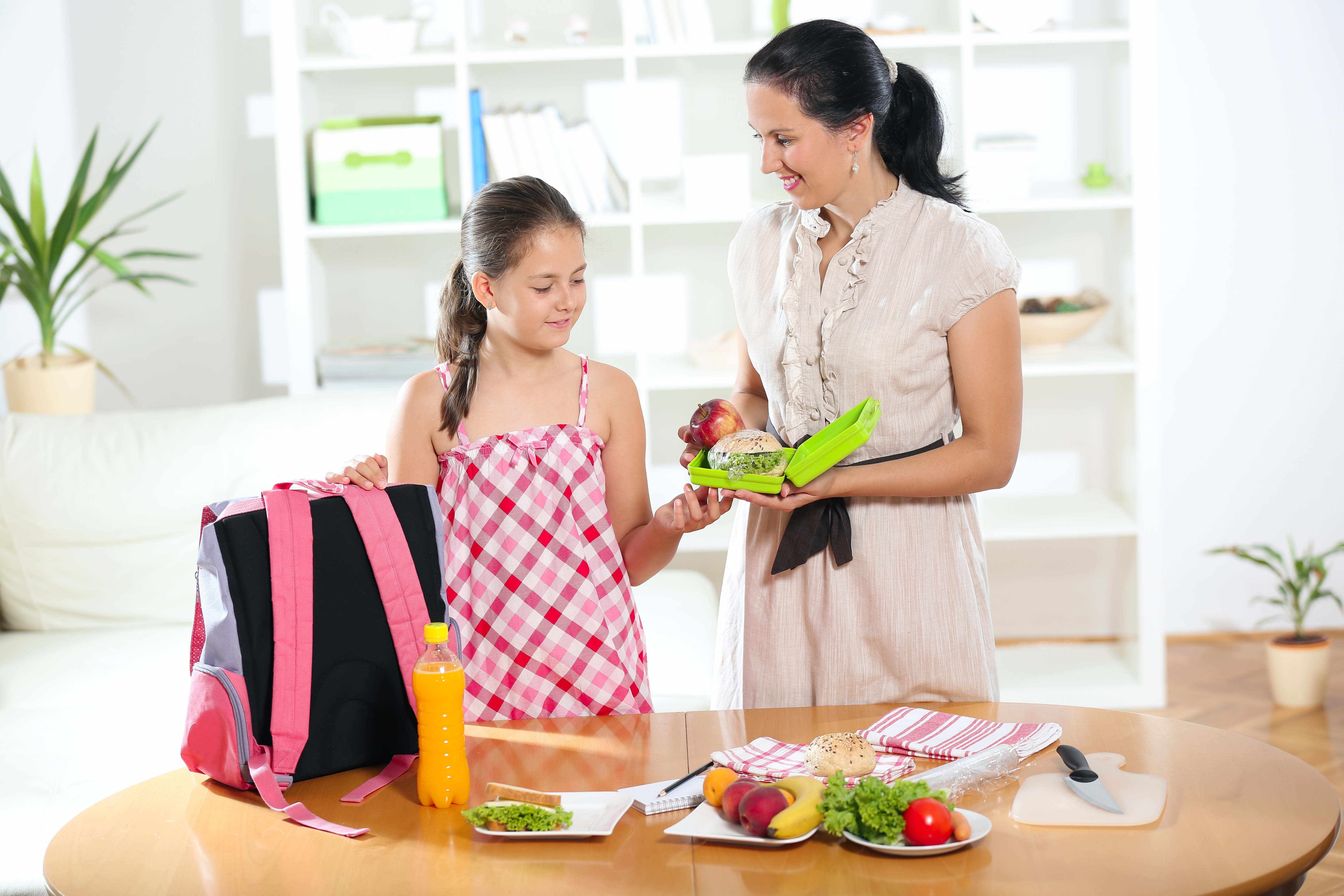Julie Entwistle, MBA, BHSc (OT), BSc (Health / Gerontology)
When my children were young, each September I would take some time to write letters to the teachers my children would have for the upcoming year. I have found this to be an effective way to help the teacher get to know my child more quickly, and to understand who they are beyond their informal and scripted report card from the year before.
In this letter I would describe my child – what they are like as a student and a person, and what they do and don’t do well. But beyond this, I also explain the culture of our family when it comes to homework. I remember when my daughter was in kindergarten she didn’t finish a homework assignment. I got a note home from the teacher highlighting this. It was written to me. I responded with: “I already passed kindergarten, please hold my child responsible for not meeting her classroom expectations”. I have enough to do. I have to parent them, keep them safe, plan for the present and future, make sure they get along with their siblings, ensure they become responsible and respectful adults, have clean clothes, food to eat. I really don’t need to do their homework.
My children know my philosophy on schoolwork. This is for them, not me. It is up to them to know what is due and when, and to ask for help if they need it. They are not to cram and ask for things the night before. Bedtime is bedtime, not to be extended because of homework procrastination. When I help them this is in the form of assisting them to organize the work, break it into manageable chunks, showing them simple ways to understand the content, and asking them if they feel this will meet the expectations of the classroom.
I expect teachers to hold my children accountable for completing their assignments. If this means no recess, extra homework, a failing grade, a trip to the principal’s office, so be it. I trust the school system and the measures they have in place to educate my children – if I didn’t, I would pursue other options. Learning, like working, involves responsibility, commitment, accountability, organization, planning and time-management. Kindergarten and beyond is the perfect place to accumulate these skills, as I feel the true value of school is not in the content, but in learning how to learn, be around others, and manage the expectations of someone in charge.
In Kindergarten my girls had to participate in a car rally. The task was simple – make a car, and parade around the school in a foot race, holding the car around your waist. One kid arrived with a car made of wood. It had working lights, mirrors, and tires that rotated on a functional axle. He couldn’t even lift it. I wonder if his parent failed the assignment?

